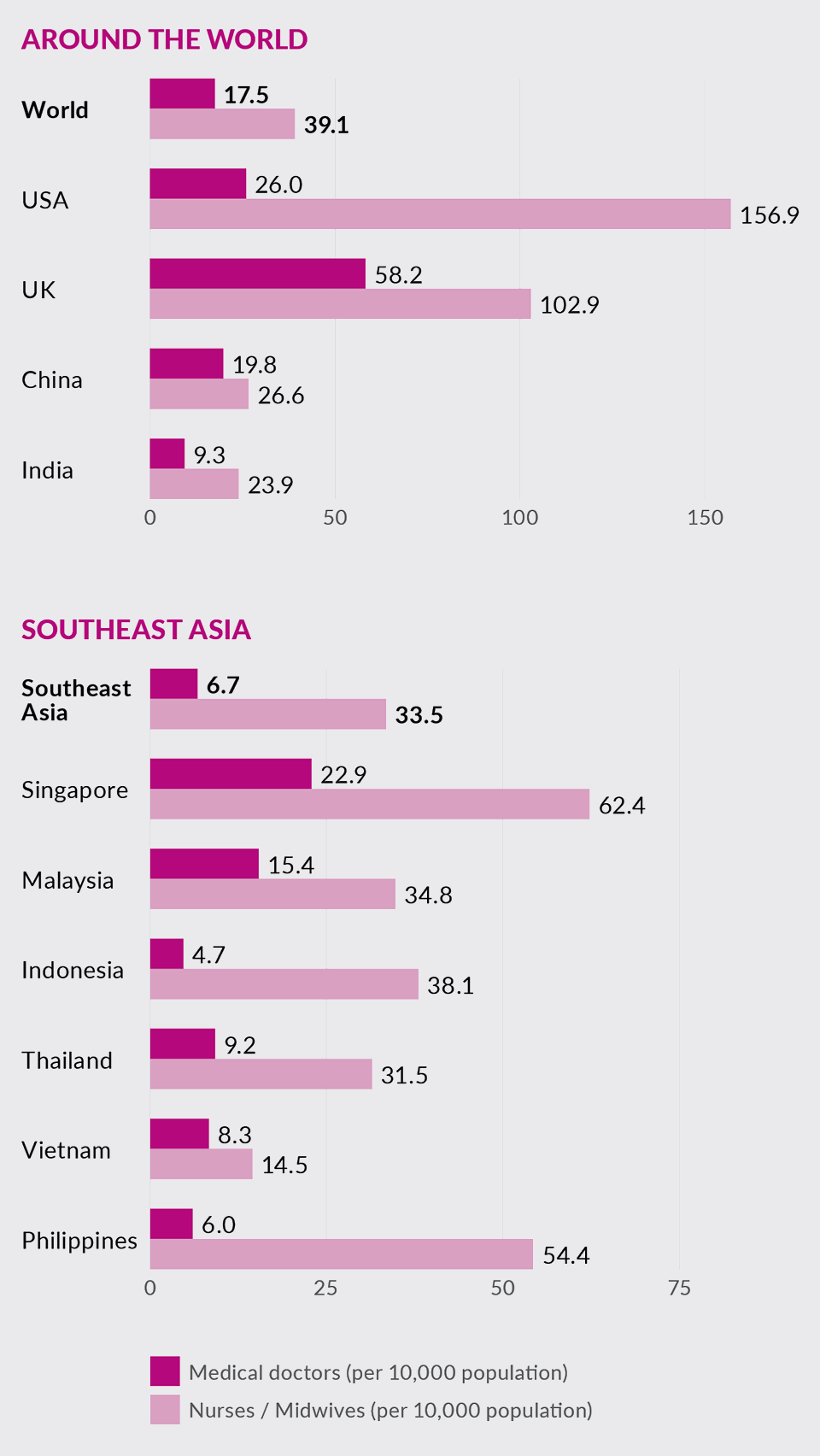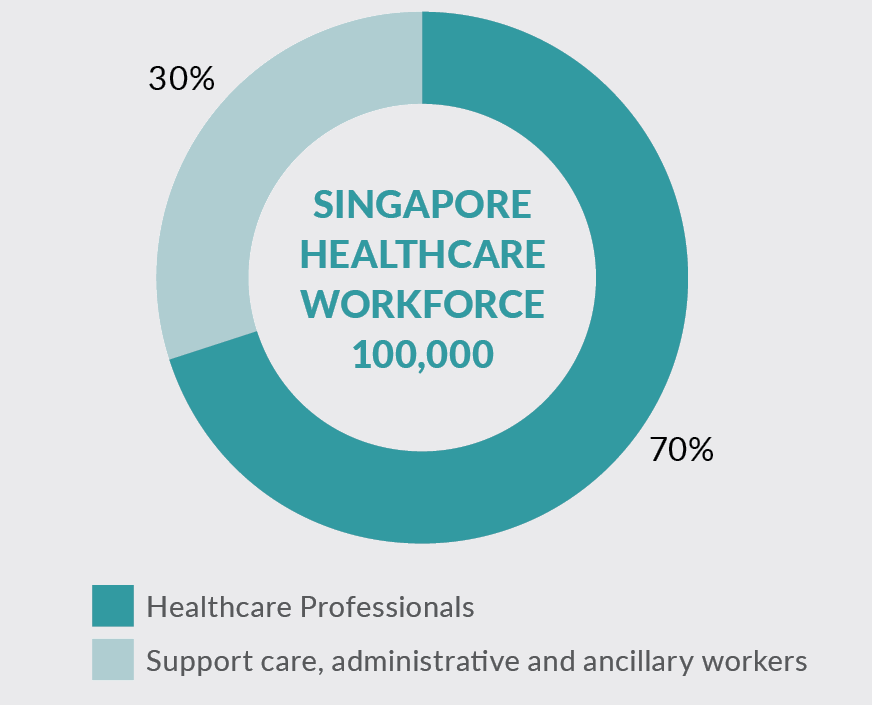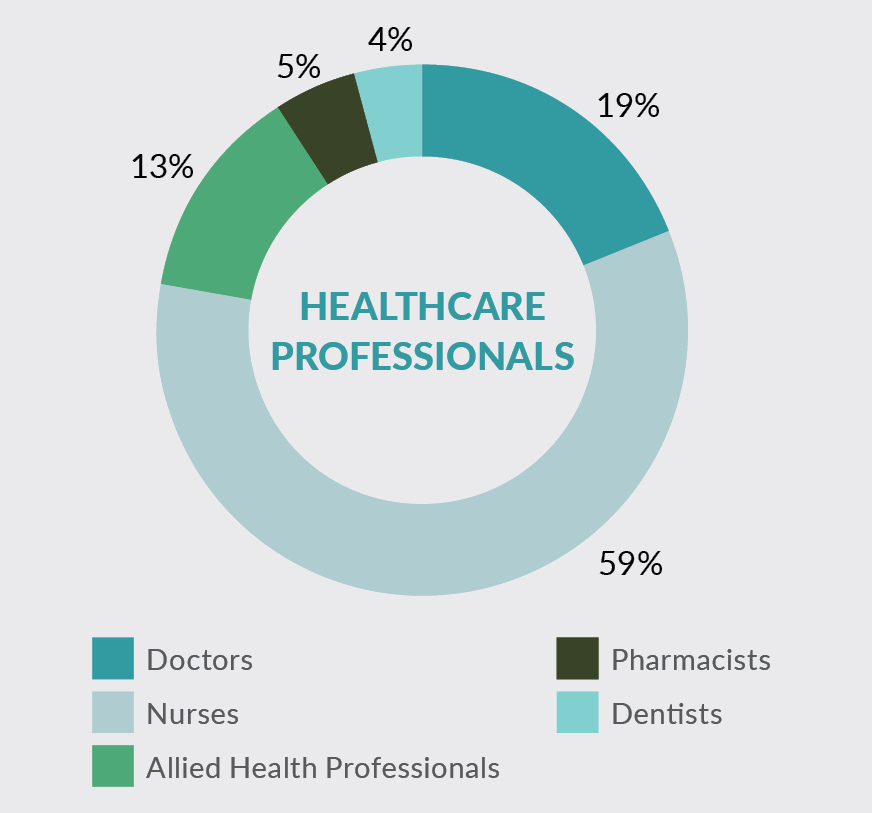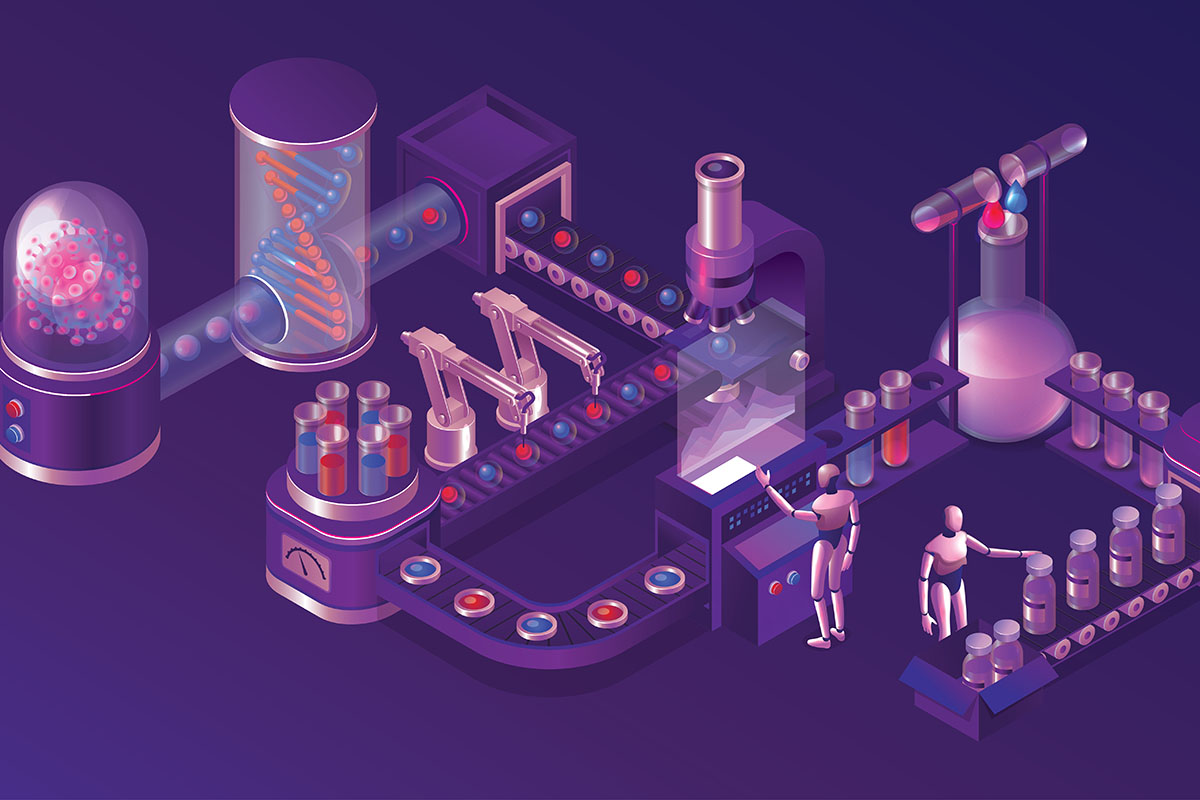
Issue 40 / November 2021
The Banyan Tree
The Case for Lifelong Learning

This new column is dedicated to the pursuit of continuous learning and development and takes its name from the banyan tree. It has roots that grow deep, anchoring it firmly in the soil. The tree spreads its shade wide and far and provides space for reflection and discussion. We invite you to come and take a seat under its shade.
Learning is not an episodic event but a continuous journey. Staying informed and updated is critical especially in the knowledge-driven medical profession. For healthcare professionals, lifelong learning is not only an occupational responsibility but also a moral commitment to provide safe, effective and high-quality healthcare for patients.
Training amid labour crunch
However, job demands and the busy working environment mean that healthcare professionals have little time for continuing education and training. According to the World Health Organization, the world will face a projected shortage of 12.9 million healthcare professionals globally by 2035. Understaffing, as a result of evolving healthcare trends, including ageing populations and increasing chronic disease burdens, as well as slower workforce growth, make it difficult for healthcare organisations to send employees for training.
Singapore too grapples with a shortage of nurses. According to the Ministry of Manpower’s 2020 report on job vacancies, nursing jobs were the hardest PMET (Professionals, Managers, Executives and Technicians) positions to fill. The COVID-19 pandemic has compounded the manpower shortage with parts of the healthcare workforce redeployed.
A shortage of
12.9
million
healthcare
professionals
globally by 2035
Learning “on-and-in the job”
With work urgencies overshadowing the luxury of learning, how can organisations make lifelong learning a part of daily work life for healthcare professionals? Tomoko Yokoi, a researcher at IMD’s Global Center for Digital Business Transformation suggests possible ways of finding opportunities to learn “on the job” and “in the job” as a practical way to accelerate lifelong learning in organisations.
How organisations can integrate learning into the normal flow of work
Learning as a community
From the onset, Singapore’s DBS Bank sought to create a learning environment that sparks employees’ curiosity. As part of the bank’s “GANDALF Scholars” scheme, employees receive funds to learn anything they want. The catch? They must agree to teach what they learnt to at least 10 other persons.
High impact micro-learning
Micro-learning delivers short bursts of content for learners to study at their convenience. American food corporation, Cargill, engages employees to micro-learn with short lessons. Employees have to immediately apply their new knowledge by filling out a learning report, including lessons learnt and questions raised.
Curating learning content
Content curation allows Accenture to constantly provide the most current insights on emerging technologies to help train its consultants to deliver innovation to their clients. To avoid information overload, Accenture identifies useful external content and combines it with internal content developed by in-house subject matter experts.
Encouraging lifelong learning
The advantages that organisations gain in promoting continuing education for healthcare professionals are obvious—highly skilled staff, high staff retention, impeccable reputation and better patient outcomes. The downsides are equally obvious—by not investing in their employees, organisations risk losing their staff to other employers. To encourage healthcare professionals to embrace lifelong learning, organisations can find ways to make learning fit within the flow of daily work life.
To fit learning into busy schedules, learning should be assimilated within the flow of everyday work. By creating a learning-for-all culture, organisations can encourage employees to continue learning as part of their daily work. Organisations can promote e-learning and online live courses to allow healthcare professionals to train more efficiently at their convenience and without having to leave work.
Figures
How Singapore’s Healthcare Workforce Measured Up in Southeast Asia and the World

Source: World Health Organization, Density of select health workforce per 10,000 population, 2013-2019 (latest available)
Breakdown of Singapore’s Healthcare Workforce

Source: Ministry of Manpower, Job Situation Report (15th Edition, 2020)

Source: Ministry of Health, Health Manpower (2019)
-
https://www.mom.gov.sg/newsroom/press-releases/2020/1210-jobs-situation-report-15th-edition.
-
https://www.straitstimes.com/singapore/health/singapore-needs-more-nurses.
-
https://www.forbes.com/sites/tomokoyokoi/2020/08/11/enabling-lifelong-learning-in-the-workplace/?sh=49e450a13477.
-
https://www.who.int/data/gho/data/themes/topics/health-workforce.




